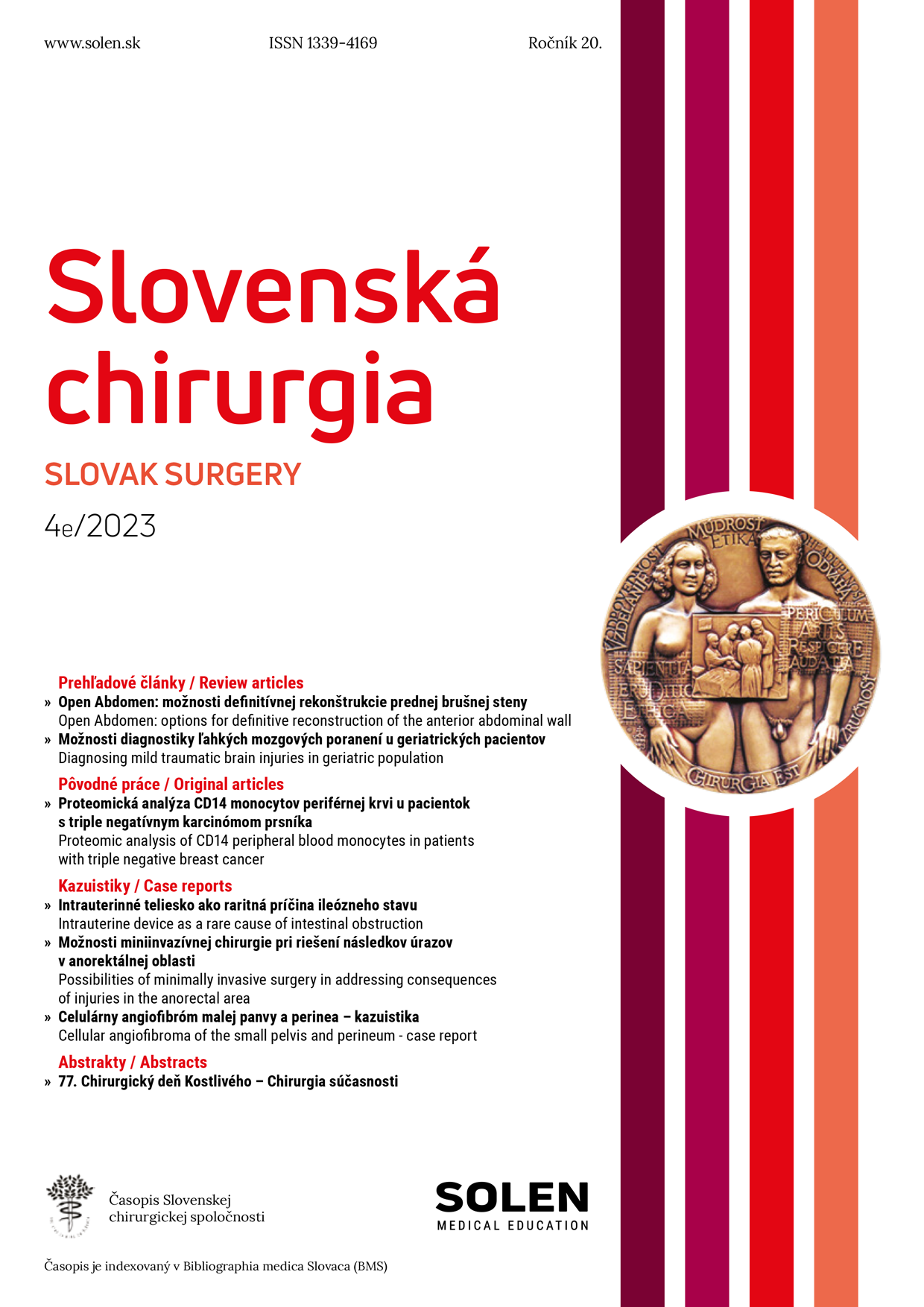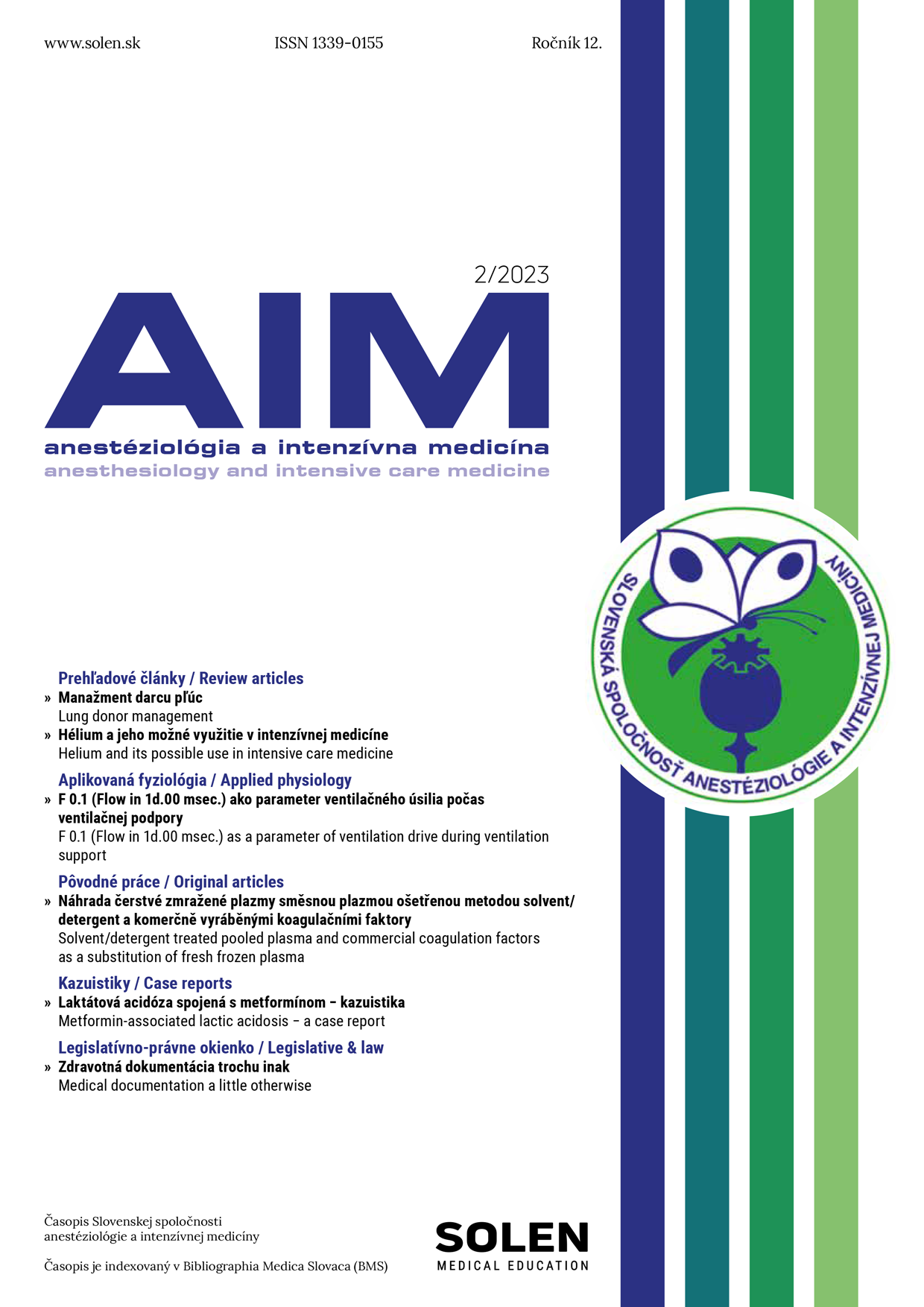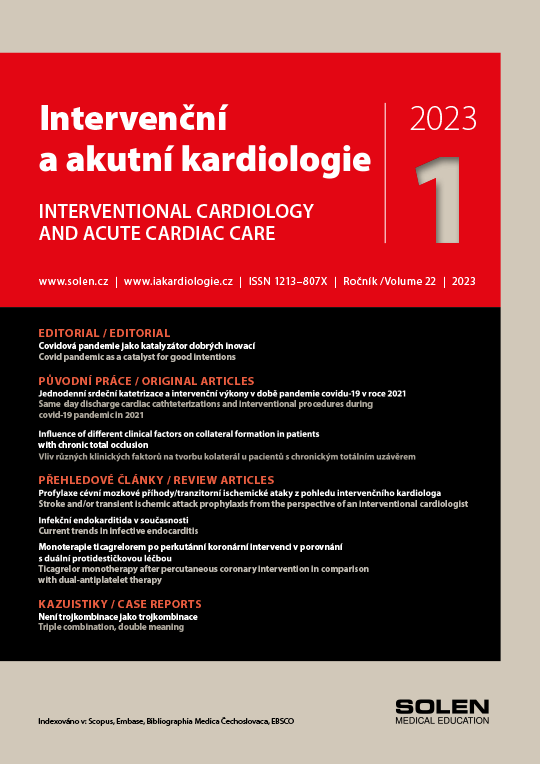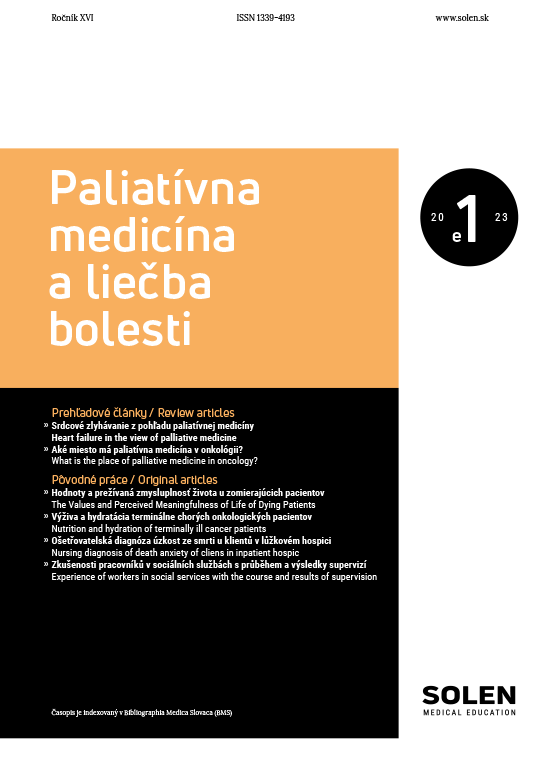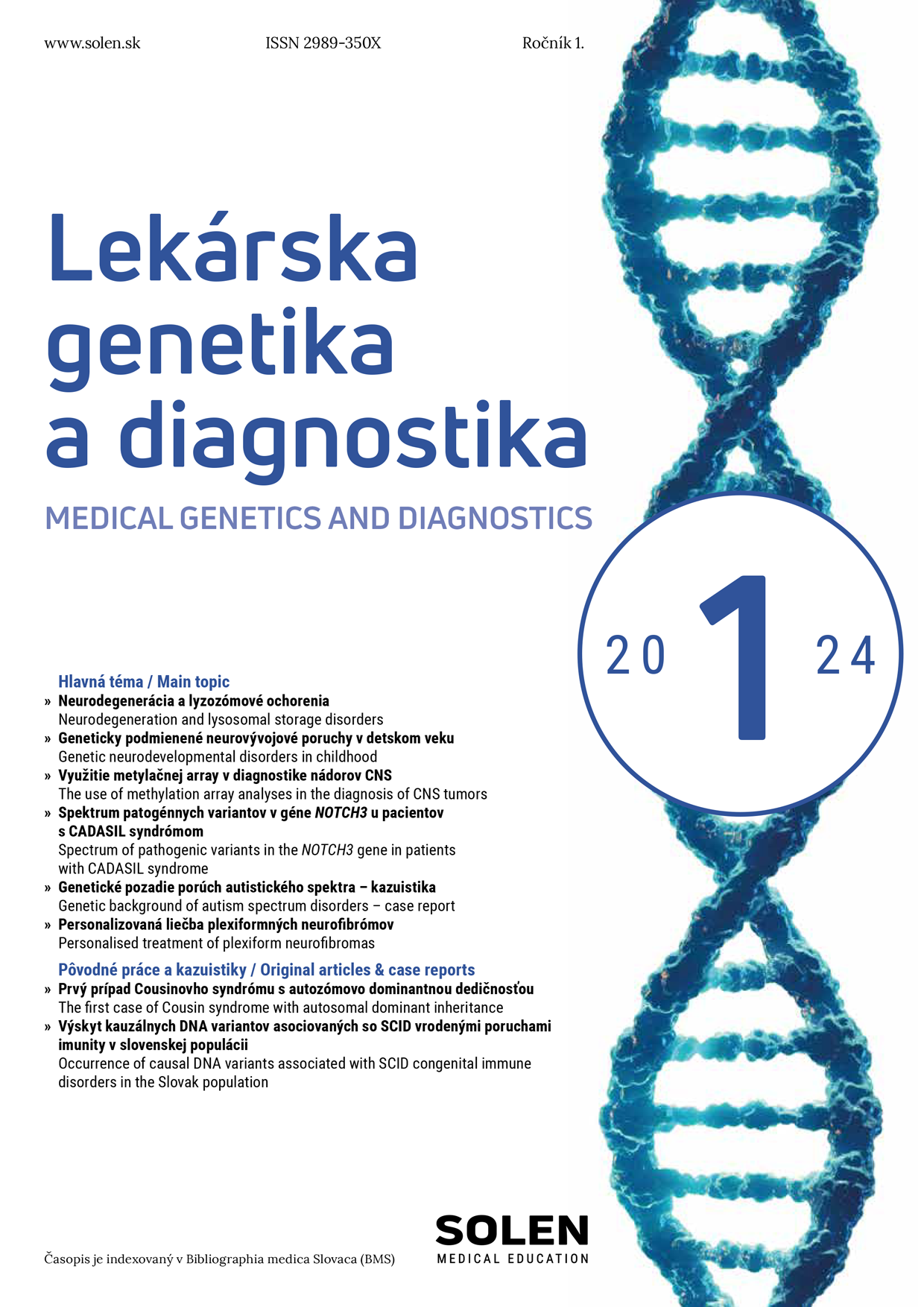Neurológia pre prax 5/2014
Korelace mezi klinickou manifestací a nálezem na magnetické rezonanci u pacientů s roztroušenou sklerózou
prof. MUDr. Zdeněk Seidl, CSc., doc. MUDr. Manuela Vaněčková, Ph.D.
Magnetická rezonance má u onemocnění roztroušenou sklerózou zcela zásadní postavení. Je nejdůležitější z paraklinických vyšetření pro diagnostiku onemocnění, další její neméně významná role je predikce budoucího vývoje onemocnění a prakticky celoživotní monitorace aktivity onemocnění, respektive úspěšnosti léčby. Magnetická rezonance přináší i důležité informace při rozkrývání patologických procesů, ke kterým u RS dochází. Detekce hypersignálních ložisek v bílé hmotě v T2 váženém obraze byla prvním patologickým nálezem, který byl korelován s klinickým postižením pacienta. Kromě ložiskového postižení bílé hmoty můžeme detekovat patologii i v normálně vypadající bílé hmotě, sleduje se i topografie postižení. V poslední době se především díky vývoji nových sekvencí a užití přístrojů o vyšší síle magnetického pole zjistilo, že u RS jsou velmi často přítomna kortikální ložiska. V šedé hmotě se nedetekují pouze ložiska, ale i difuzní postižení, sleduje se například zvýšená akumulace železa v souvislosti s probíhající neurodegenerací. Měří se atrofie mozku (celková či regionální), s progresí disability nejlépe koreluje atrofie šedé hmoty a celková atrofie. Zvýšená pozornost se věnuje také míše, kde se ukázalo, že i když je nález často jen diskrétní, ložiskové či difuzní patologické změny na MR jsou přítomny u většiny nemocných s RS. V neposlední řadě je MR důležitá pro ozřejmení plasticity mozku, funkční MR pomáhá vizualizovat kortikální reorganizaci.
Kľúčové slová: roztroušená skleróza, magnetická rezonance, disabilita, monitorace.
Correlation between magnetic resonance imaging and clinical disability in multiple sclerosis
Magnetic resonance imaging, MRI, is the most important paraclinical test for diagnostics of multiple sclerosis, MS. Equally important role of MRI is a prediction of future clinical status and lifelong monitoring of disease activity and response to its treatment. MRI also provides important information at the unveiling of pathological processes which occur in MS. Detection T2 hypersignal lesions in the white matter was the first pathology, which was correlated with clinical disability. In addition to bearing impairment of white matter, pathology can be detected even in normally appearing white matter; the topography of disability being investigated too. Recently, primarily due to the development of new sequences and use of higher-field-strength MR units, it was observed that cortical lesions are often present in MS. Not only lesions are observed in grey matter but also diffusive disability; for example it is observed as increased accumulation of iron in connection with the ongoing neurodegeneration. Brain atrophy, total or regional, is being investigated. When the best correlates with the progression of disability the atrophy of grey matter and total atrophy. Increased attention also focuses on the spinal cord, where it was shown that even when the findings are often referred to as discrete, focal or diffuse pathological changes to the MRI are present in the majority of MS patients too. Finally, MRI is important to ascertain the brain plasticity; functional MRI helps to visualize cortical reorganization.
Keywords: multiple sclerosis, magnetic resonance imaging, disability, MR volumometry.


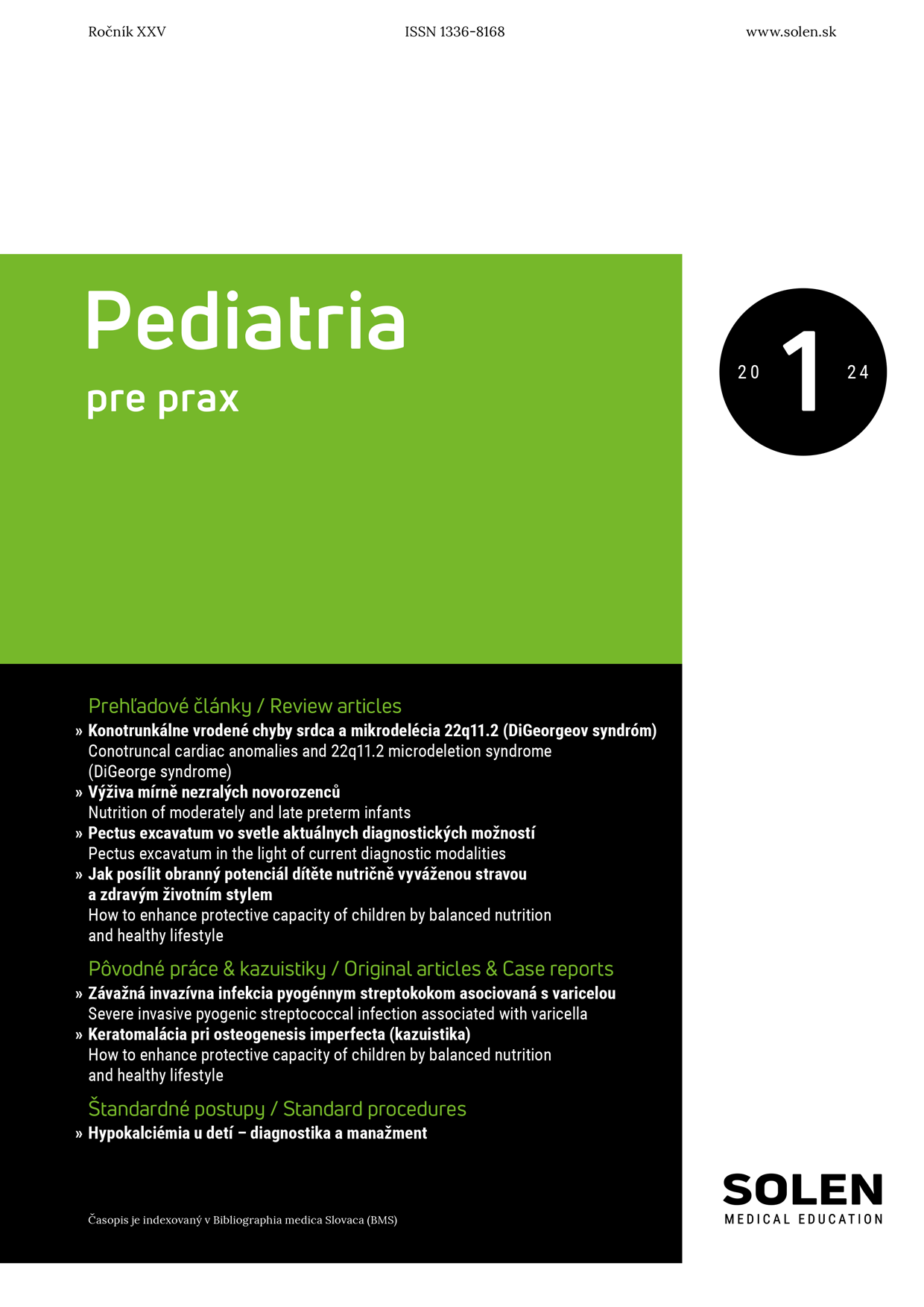
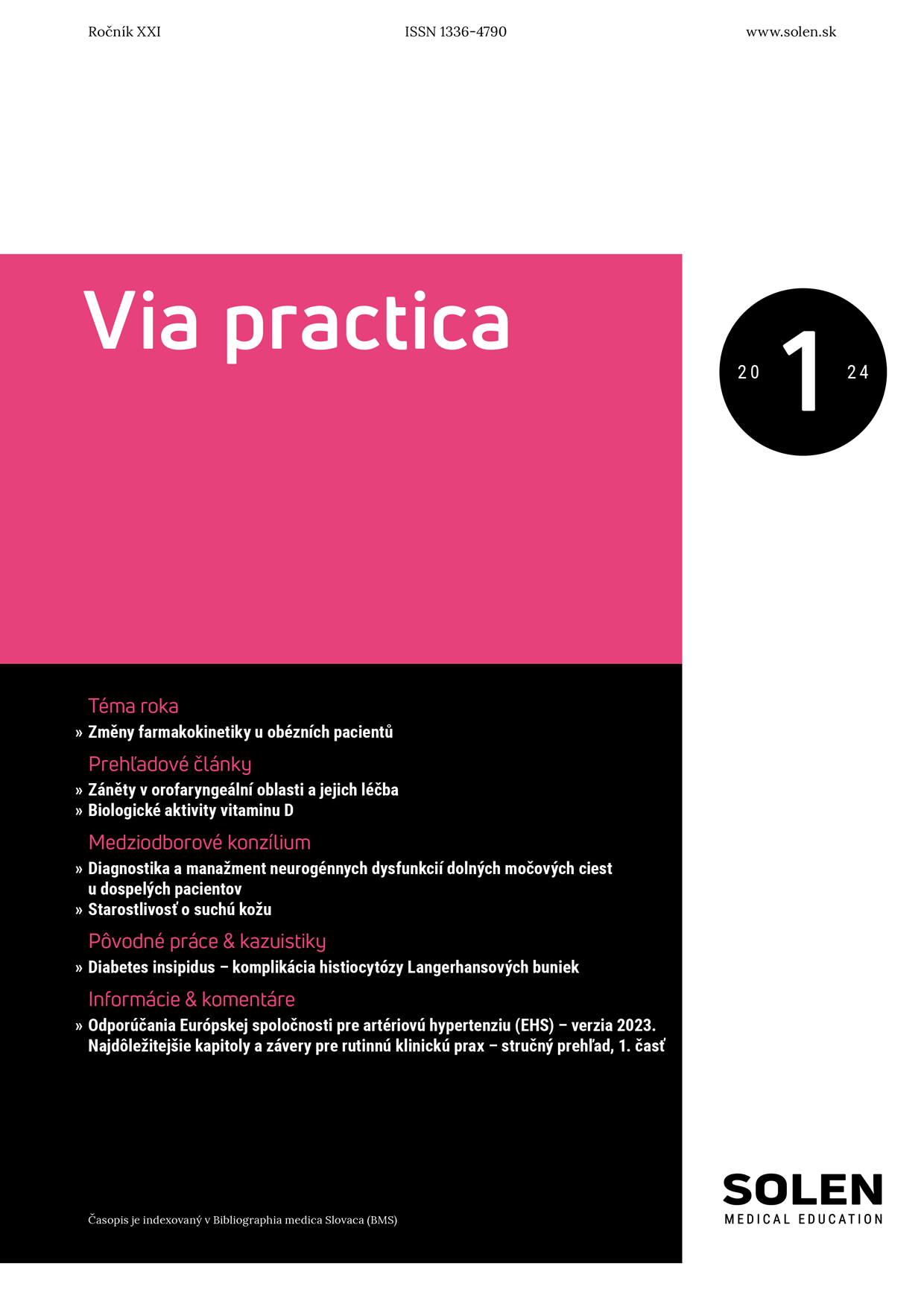
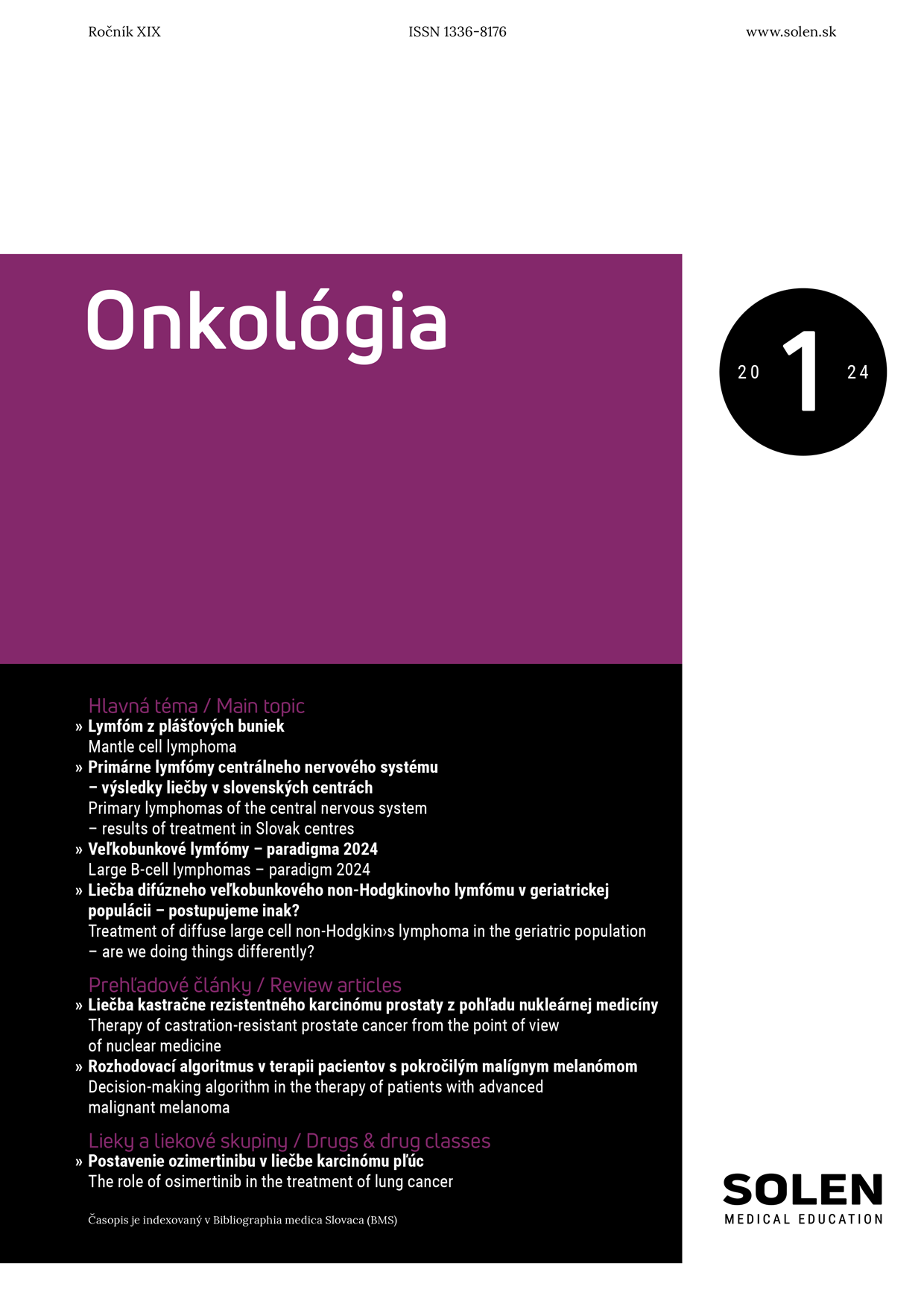
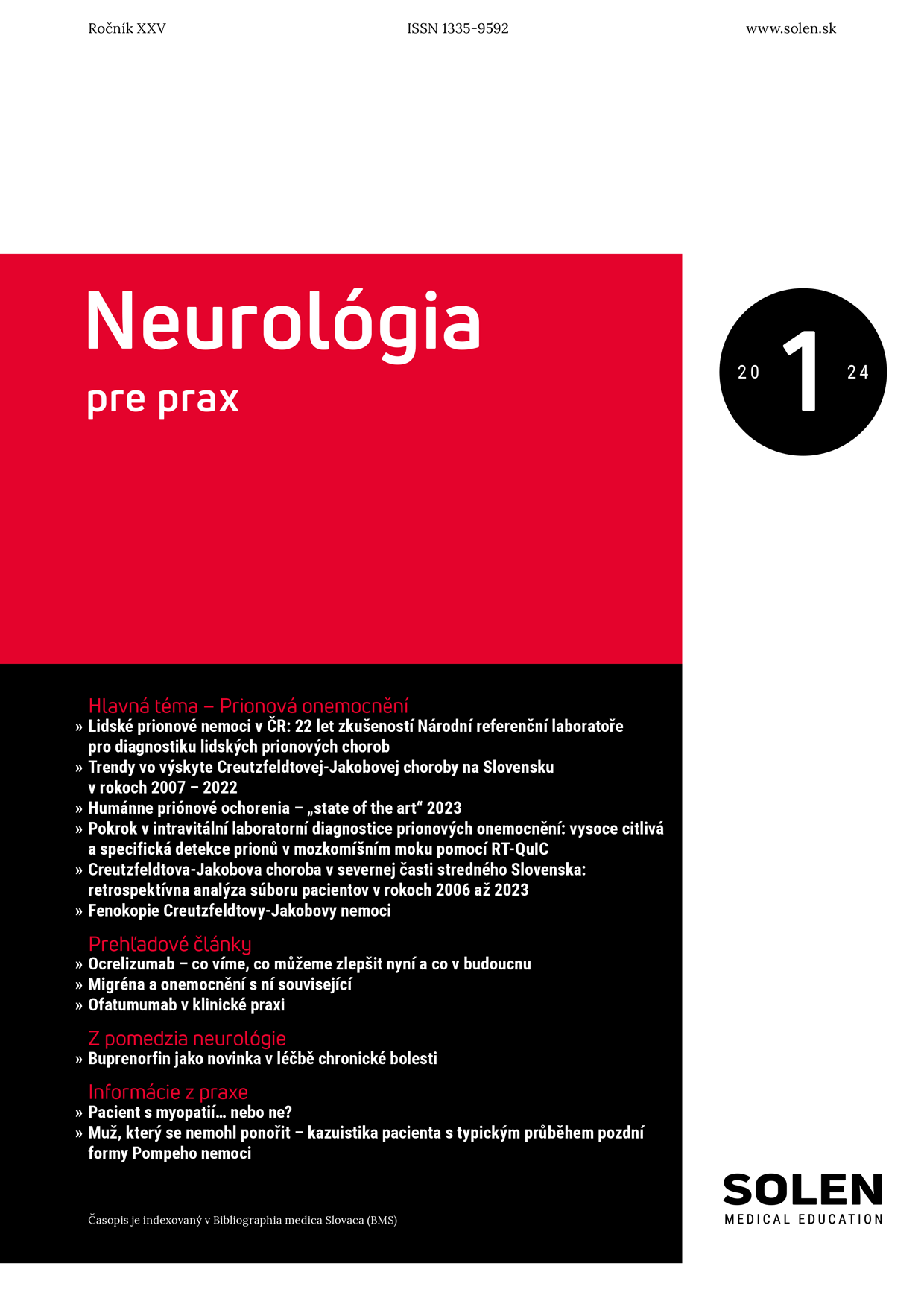
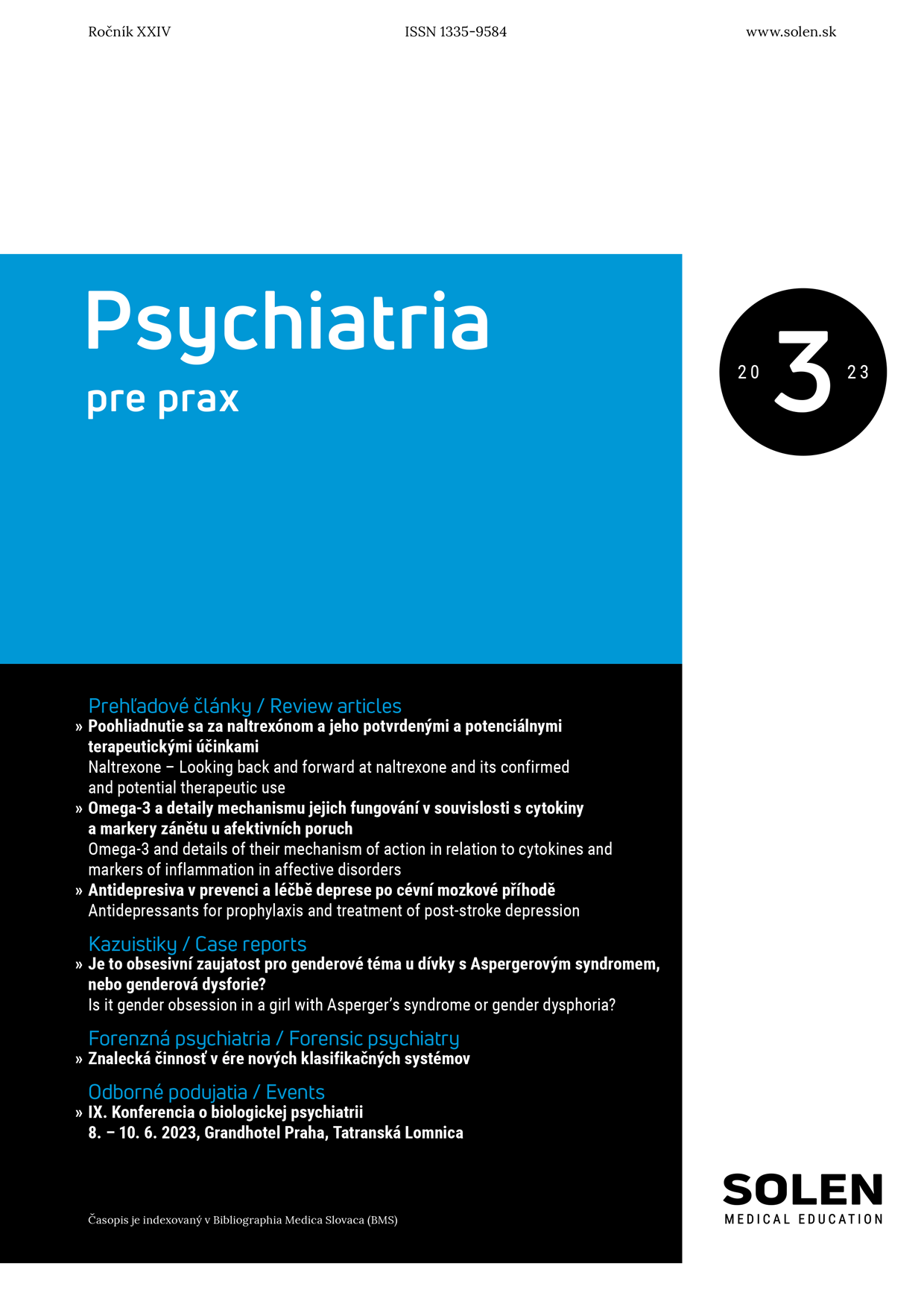
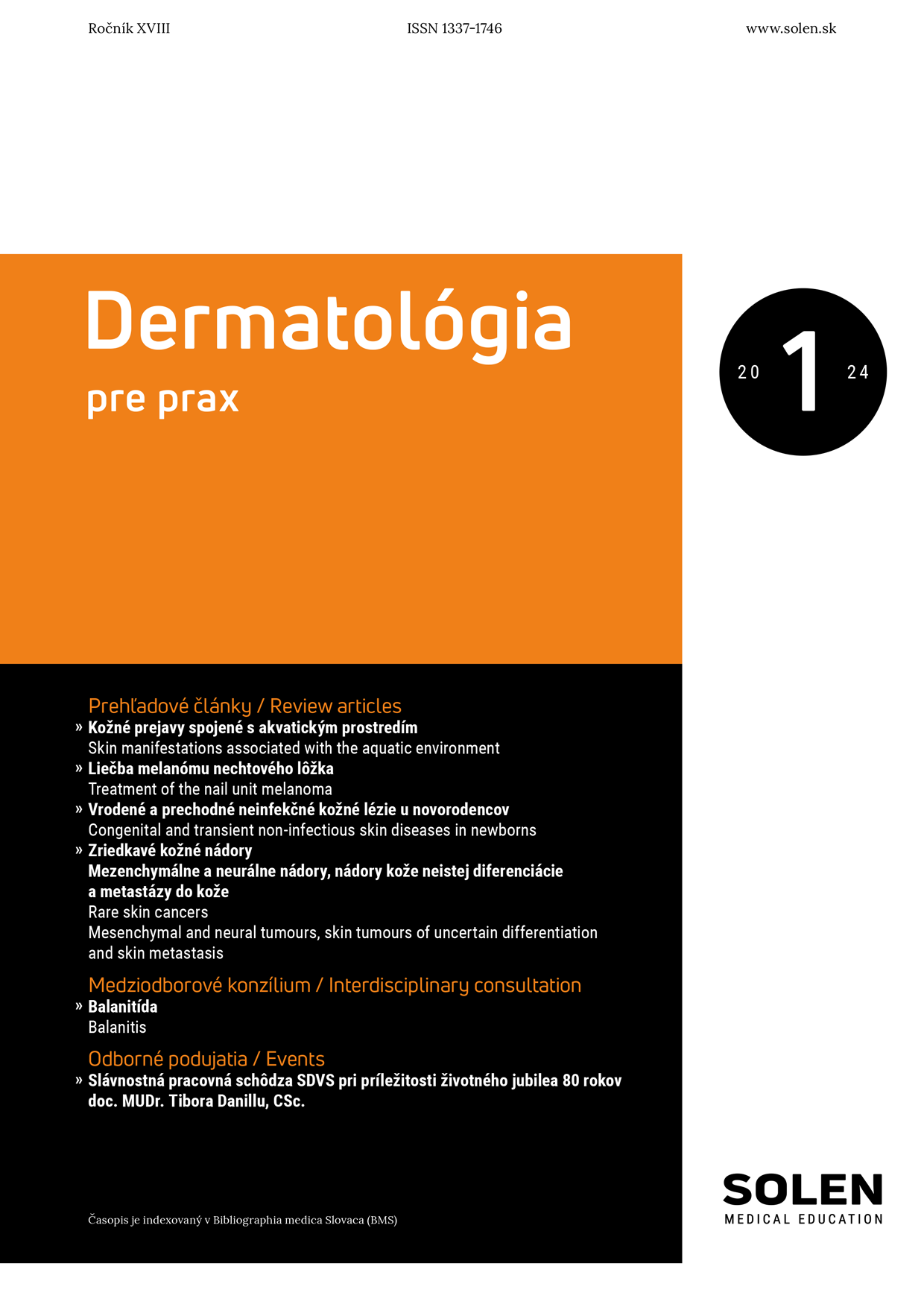
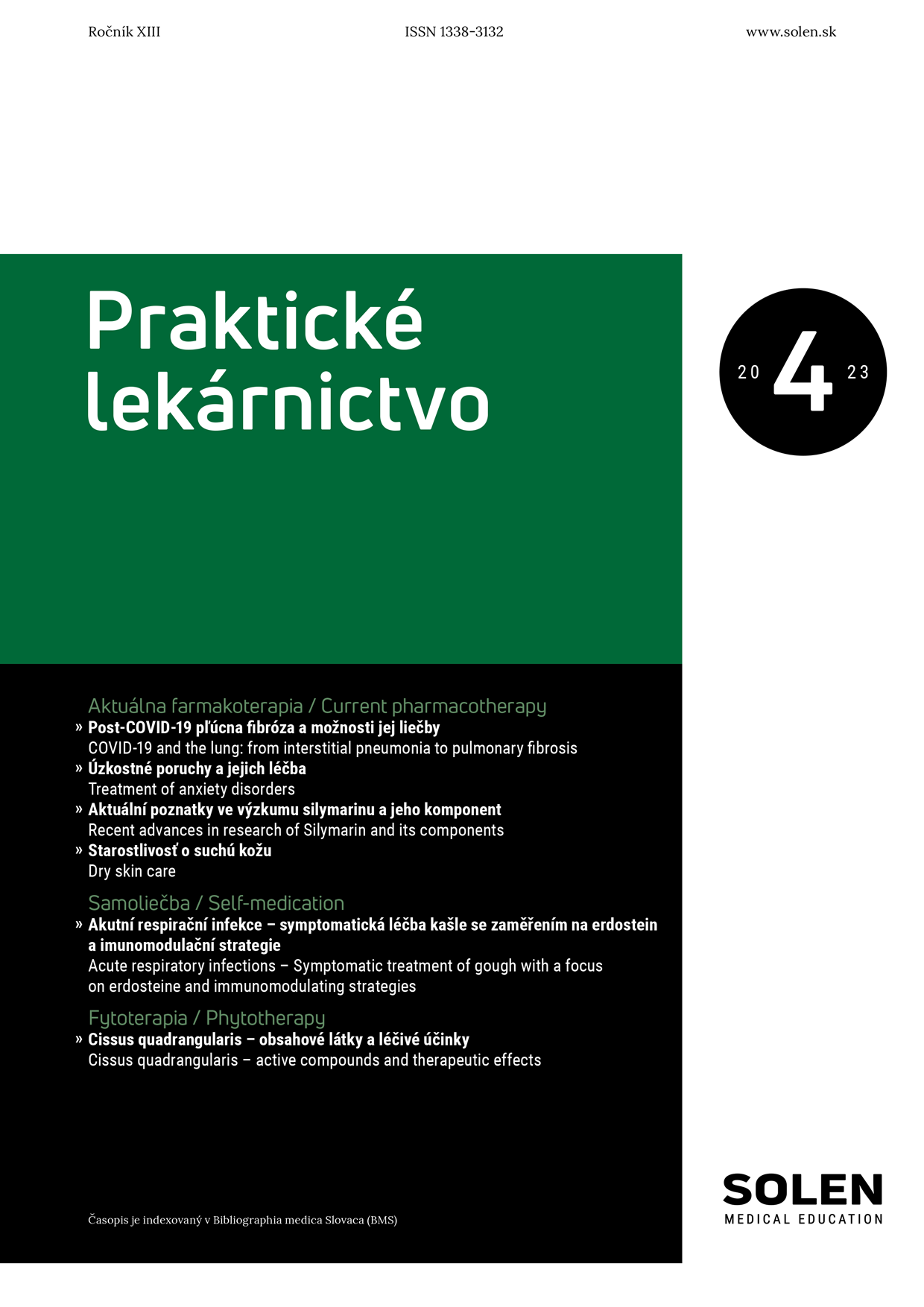
-1.png)
